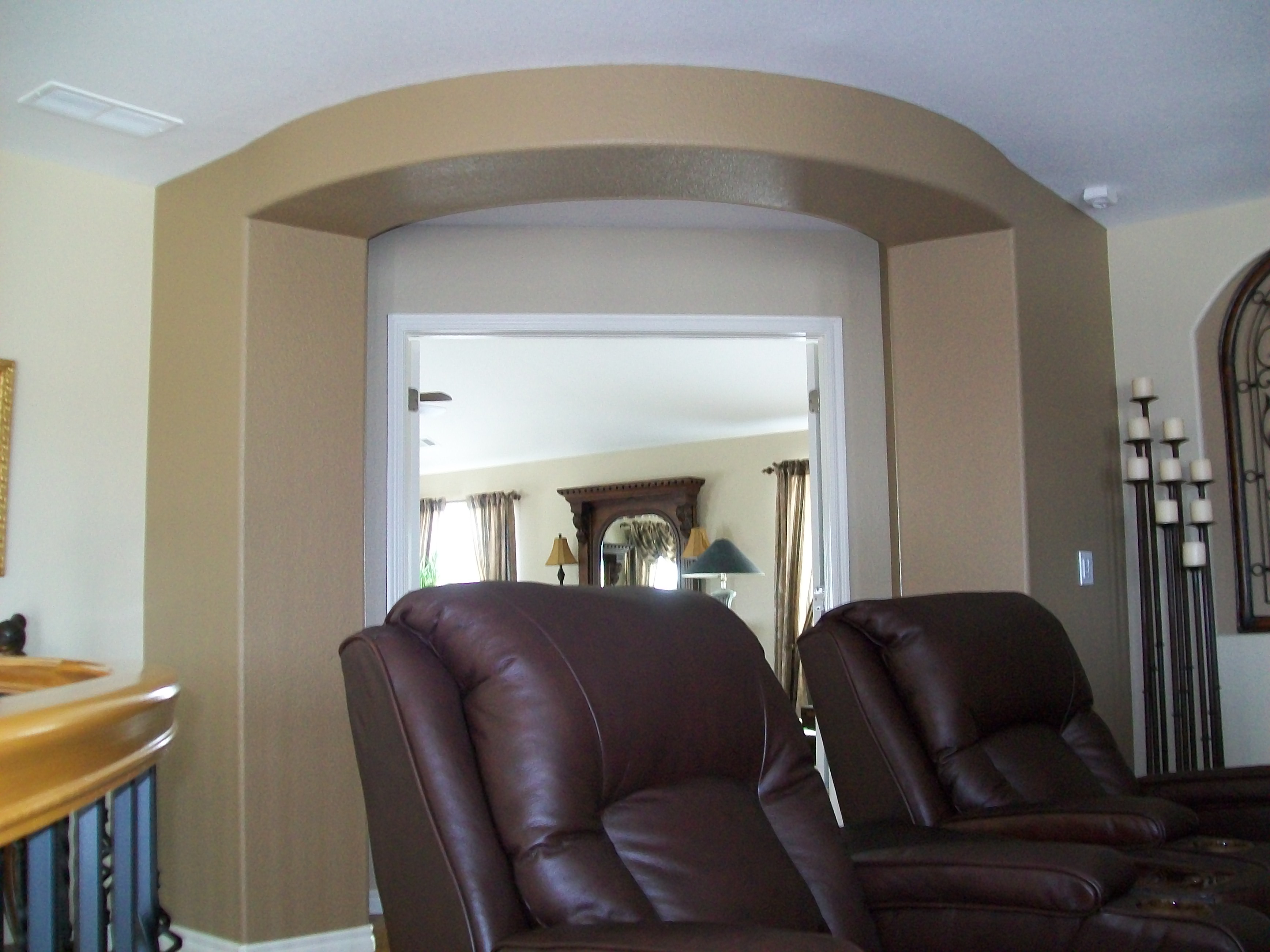 People often ask us why we insist on using more expensive, high-quality paint to do our jobs. Their theory is if we used less expensive paint our costs would be less and, therefore, we could charge less. In practice, however, nothing could be less true. There are many ways to dissect this question and we’ll do our best to touch briefly on a couple of them.
People often ask us why we insist on using more expensive, high-quality paint to do our jobs. Their theory is if we used less expensive paint our costs would be less and, therefore, we could charge less. In practice, however, nothing could be less true. There are many ways to dissect this question and we’ll do our best to touch briefly on a couple of them.
There are three basic components to the price you pay for a paint job: labor – how much it costs to do the work; materials – the cost of the paint, brushes, paper, tape, caulk, etc. used in doing the work; and markup – the cost to the company to do business (e.g. unemployment insurance, corporate income taxes, gas to drive to the job, office costs, etc.), which is passed on to the consumer, and the profit margin. Today we are only going to look at the first two – labor and materials – since the operating costs vary greatly from company to company.
First, let’s look at materials. On average, labor accounts for about 85% of the cost of your job; so if you were to spend $1000 on a paintjob, the cost of the materials account for only about $150. Even if you only spent half as much on paint, your savings will be about $75 – a savings of less than 10% of the total. Not much when you look at what that $75 could cost you in the long run, which we’ll discuss further.
We’ll talk more about ingredient costs and their effect on paint price at another time. Just suffice it to know that all paint is NOT created equally.
When it comes to labor, the numbers aren’t quite as easy to see. Labor costs are basically a function of hours and cost-per-hour. It’s been estimated that using high-quality paint and tools can save as much as 30% of the time for application. When you use lesser-quality paints, it usually takes longer to apply, requires more touch-up, can require more coats and doesn’t last as long. The first three of these have a direct effect on your immediate bottom line – even if the contractor only adds 10% to cover the extra time involved, your final bill from the above example would be $1010. On the low side, you’ll pay the same or a little more for worse paint; on the high side it could cost hundreds more in labor for an inferior finished product.
We want to take the time to talk about the components that encompass labor costs but , again, that’s a topic for another day.
So, whether you are doing your painting on your own or hiring someone else to do it, using less costly, inferior products will not save you money and may wind up costing you more – more time if you are doing the work and more dollars if you are paying someone else to do it for you. Plus you’ll have to do it more often.






